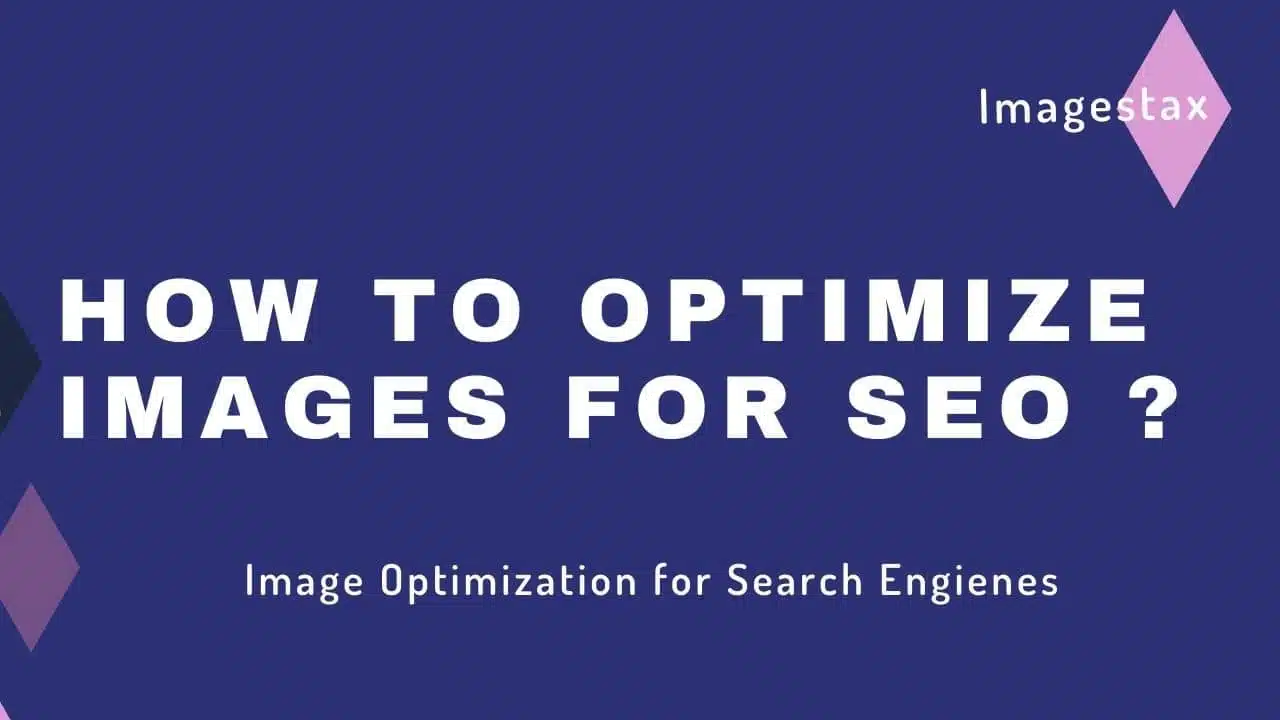To improve Website image SEO, take a look at these ideas like; file names, alt text, compression, format, and uniqueness! let’s chat about using image SEO to boost your visibility in SERPs.
so we all know the saying that a picture is worth a thousand words but can a picture also tell search engines about how great you are the short answer is yes or at least they can help. with over 60 percent of the internet consisting of images alone, you can get a leg up on the competition by making sure that your images are optimized effectively and working in your favor.
Image optimization is one of the most simple yet overlooked SEO strategies out there, but it’s probably not going to be like that for too much longer. in the past year or two Google has started to push the importance of images and their optimization on SEO. both from a usability perspective and with regards to inclusivity.
In fact, there’s even legislation in the United States that requires websites to provide alt text to users to help ensure the web is a wonderful place for everyone to enjoy.
Sec 508 of the Rehablitation Act (29 U.S.C / 794d)
when it comes to optimizing your images there are a few things to think about with alt text being one of them but as web developers and Image SEO look to create bigger better and faster online experiences it’s getting increasingly important to make sure that your photos and visuals are keeping up.
Having your images appear in the search results will also aid your goal of circ domination generating more impressions and hopefully clicks for your business with the demand and reward for image optimization about to get a lot more interesting, we’ve broken down a few of the things that you can take a look at right now.
Table of Contents
6 Tips for Image SEO
Image File Names
Starting with the basics the way in which you name your image file or any file on your website for that matter is crucial they need to be descriptive and keyword-rich helping google and other search engine crawlers to suss out the subject matter of your file typical file names will look like IMG underscore 83746.jpg what’s that telling anyone it needs to be part of your SEO.
The best practice is to rename all the files you upload to your site thinking about what will help the search engines and humans understand your image and improve your SEO value don’t just take a photo like this and name it lee in leeintheoffice.jpg instead look to name it something like a man on the phone in the office smiling.jpg think about it like a game where you need to explain the contents of an image to someone and where possible try to include your keywords at the beginning of the name.
Use Image alt text
The alt text or alt tag is a piece of descriptive text added to an image that will display if the image can’t for whatever reason alt text is also used for screen readers that people may use when visually impaired making sure that no information or functionality is lost and your site is inclusive for this very reason your alt text needs to be descriptive and coherent.
So that the lack of visuals, in any case, doesn’t negatively affect your site or the experience of the user similar to the image file name you should do this for all images on your site and where appropriate add the keyword for that page don’t overstuff it or make it crazy descriptive it needs to be accessible for humans first search engine second. This is a really important method for Image SEO.
Compress Your Images
number three compress your images according to HTTP archive images make up on average 21% of a total web pages weight compressing your images essentially helps you to reduce the overall file size without noticeably losing quality. and with that reduction in file size comes less bloated web pages and a faster loading speed all things that search engines favor when it comes to SEO.
you can use tools like google’s page speed insights tool to see which files and images on your web pages are the heaviest and then look at reducing the sizes to improve the page speed. image compression can happen pre-upload using desktop tools such as photoshop or you can install plugins on your website like wp smush that will compress upon upload.
Choose the right Image Format
Choose the right format knowing what image format to use is your next battle and whilst things like next-gen image formats are great they’re not yet compatible with all browsers so keep an eye out for this it’s theorized the next-gen image format of webp will be the most common format in the future as it was built by Google themselves but it isn’t currently supported in browsers like safari. but for now, here’s an overview of the formats depending on your image objective.
Choose jpeg for larger photos or illustrations use png if you want to preserve background transparency but be aware of the sizes, webp on some browsers can be used instead of jpeg and png for high-quality low file sizes, use SVG for logos and icons which you can then resize in your site’s back end using javascript or CSS. there’s no right answer about one preferred file format but my suggestion keep an eye on the next-gen formats in the future not that far in the future.
Create Unique Images
As I mentioned at the beginning things like google image search are another great area of SERP real estate to get your hands on however standing out can be quite tricky with many websites using the same generic stock imagery. Unique Images can really help you boost your Image SEO.
If you can create your own images and follow the optimization techniques I’ve just covered, then your new unique image could appear in the SERPs too. This will give you the best chance of generating the clicks that you’re after whilst generating your site users a better experience win-win What else to keep in mind is that you’re more likely to appear on google discover if you use your own unique imagery.
Use Larger Images
For bonus points use a larger image at least 1 200 pixels wide. essentially don’t put all that effort in just for someone else’s stock imagery that’s also plastered across your competitor’s site awkward make your own.
Conclusion
so those are the six things to look out for to optimize your imagery and improve your overall SEO efforts you can use tools like Google search console to track the performance of your organic image search. So go on and take a look. if you have any questions pop them in the comments below.




Yoast SEO says I need to fix Alt Text on all my images. Now I know what they are talking about. Thanks!